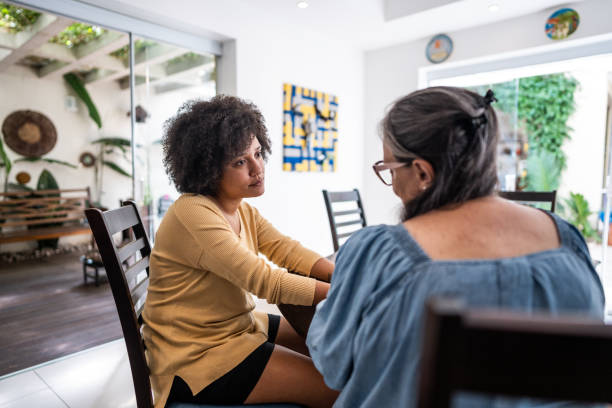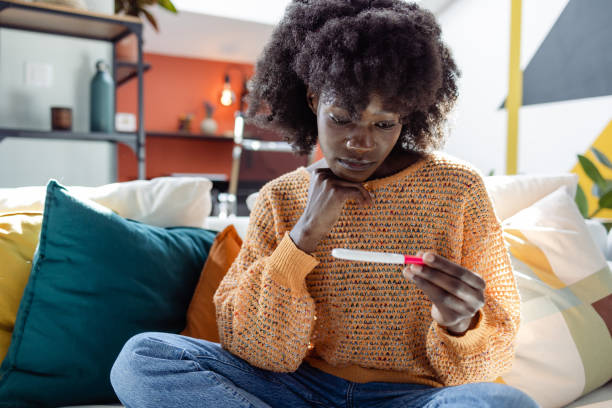Get disease treatment like a woman
Although research in women’s health has come a long way, medical research is still largely male-based. If you think men and women’s health issues are basically the same, aside from
Although research in women’s health has come a long way, medical research is still largely male-based. If you think men and women’s health issues are basically the same, aside from reproductive functions, you are wrong. Women’s health problems should be treated differently as research on diseases continues to show that they affect men and women differently. So next time you visit your doctor, remind him you are a woman and should be treated that way.
Health research is unveiling facts that are important to the way doctors view diseases in women. When it comes to health and disease, research now shows that men and women are very different. Indeed their innate differences are the driving force behind a new thrust of medical research known as gender medicine, which aims to address the imbalance.
Consider some facts. Women are more prone to autoimmune diseases than men – over 75 percent of autoimmune diseases patients are women. Almost three times as many women get multiple sclerosis (MS) and rheumatoid arthritis as compared to men, and in systemic lupus erythematosus (an autoimmune disease that affects connective tissue) women outnumber men nine to one.
On the other hand, women fight off infections better than men. Men are more susceptible to a variety of infections such as dysentery, malaria, and certain cancers. When men and women develop the same disease, there is a growing body of research to show that women’s experience of it differs radically from that of men.
For example, the most common warning signs of heart attack in men is chest pain, while women tend to experience unexplained or unusual fatigue, sleep disturbances, shortness of breath, indigestion and anxiety. Lung cancer, which is twice as likely to develop in women smokers than male smokers, also shows up differently in women – small spots develop in the periphery of the lungs rather than the centrally located tumor that occurs characteristically in men. The upshot is that many thousands of women could be dying each year because of the slow recognition of ‘female’ warning signs.
The efficacy of medication also differs between the sexes. Anti-inflammatory drugs, such as ibuprofen work more effectively in men, while opioid-based drug such as morphine or codeine may work far better in women. And certain drugs, such as ibuprofen, taken mid-menstrual cycle can prevent ovulation, something women trying to get pregnant and taking painkillers for headaches or back pain are probably not aware of.
Researchers have also found that women have less of the digestive enzyme that breaks down alcohol, which means that even when drinking the same amount as a man, more alcohol will reach a woman’s bloodstream. And hormones – once thought to control simple and isolated functions such as reproduction, hair growth and stature –are likely to be pivotal in explaining why women tend to develop different illness from men and in different ways. Oestrogen, for example, isn’t just a hormone involved in the menstrual cycle, pre-menstrual tension (PMT) and breast tenderness, it also helps ‘fix’ calcium in bone and plays a role in preventing Alzheimer’s disease and regulating the ratio of good to bad cholesterol, thus stopping arteries from becoming clogged.
Indeed, receptors for this hormone are found in almost all tissues of the female body, not just the uterus and breasts. Scientists studying links between the hormonal, nervous and immune systems now believe that female hormones alter immunity, pain perception, cognition, and mood throughout the monthly cycle.
While the male hormone testosterone and its female counterpart, progesterone, raise pain thresholds, oestrogen heightens sensitivity to pain considerably. Just before a period (when oestrogen levels are at peak) pain thresholds take a dive. However, during the third trimester of pregnancy, progesterone levels rise steeply and act as a painkiller, raising a woman’s pain threshold dramatically.
Oestrogen may make women more susceptible to other forms of pain. Before puberty, migraines are more common in boys than girls. But in adulthood, migraine headaches are over three times more prevalent in women. They often occur at the time of ovulation, near menstruation and in pregnancy, implying there is hormonal link.
Women are also more prone to other painful disorders. Fibromyalgia, which causes chronic muscle pain and fatigue, affects nine times more women than men. Why women are more vulnerable to this “pain over-sensitization’ isn’t known, but it may be related to the biological effects of stress which can affect women more acutely.
Female hormones are also thought to be closely linked to immunity. This may offer an explanation as to why women are more likely to develop autoimmune diseases. Women’s immune systems tend to respond more vigorously than men’s to foreign attack, warding off illness and infection. This state of “immune alert” may be designed to protect women for pregnancy and rearing children, but it may also lead to immune-over activity, a state associated with autoimmune disease.
Women’s immunity changes dramatically during pregnancy too, confirming the link between immunity and sex hormones. Women with MS and rheumatoid arthritis often find the symptoms either disappear or considerably improve during pregnancy, as if to protect mother and child from the disease’s negative effects.
A better knowledge of the difference between genders will ultimately help women fight disease.
The male/female health differences…
The female condition:
*Women are nine times as likely to develop fibromyalgia, which causes muscle pain and fatigue and are five times as likely to develop ME (chronic fatigue syndrome) than men.
*Women are less likely to suffer age-related mental deterioration or senility. While men’s brains are generally larger, women have more ‘grey matter’ and tend to establish more complex connections between different centres of the brain.
*More women die within a few weeks of the first heart attack, compared with men.
*Two to three times as many women develop MS and rheumatoid arthritis compared to men
*Women are vulnerable to potentially fatal heat arrhythmias (irregular heartbeat patterns) when prescribed the same drugs that stabilize heart rhythms in men.
*Women feel pain more intensely than men especially from pressure or electrical shock.
*While men ‘bottle’ up stress, women tend to cry the stress out. Researchers have found that tears shed during emotional stress contain high levels of the stress hormone cortisol and as stress depresses immunity, this could be an important way of keeping women in a healthy state.
The male condition:
*Men are four times as likely to develop autism and twice as likely to develop Parkinson’s disease than women.
*Men are more susceptible to a variety of infections, such as dysentery, gonorrhea, and malaria as well as to certain types of cancers.
*Men are five times more likely to suffer from a cluster headache – a particularly sudden and painful form of headache thought to be linked to testosterone levels.
*Men produce 52 percent more of the depression-preventing hormone serotonin in their brains than women, and depression is less common in men than in women.
*Stomach and duodenal ulcers are twice as common in men.
*Men are less likely than women to recover their ability to speak after a stroke.
*Male smokers are half as likely to develop lung cancer as their female counterparts and when they do, they develop tumors, rather than diffuse patches.
Published in July 2013





